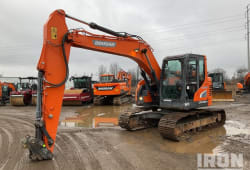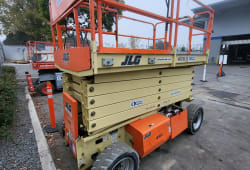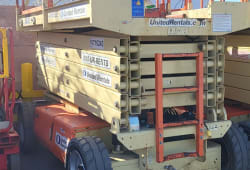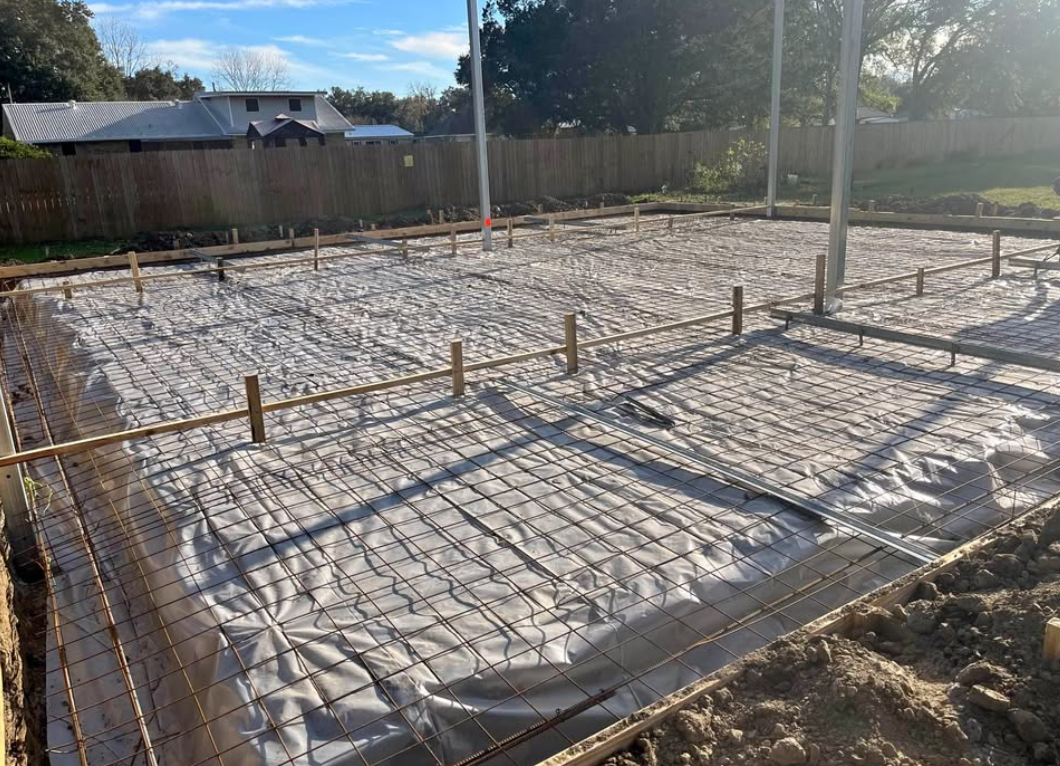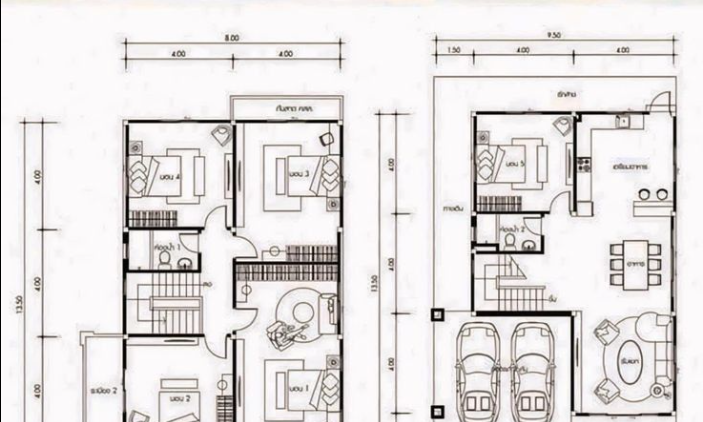Innovative New Construction Techniques: Examples Shaping the Future of Building
4 Lectura mínima
)
mayo 15, 2025
The construction industry is undergoing a significant transformation, thanks to a wave of innovative and new construction techniques. These advancements are not only boosting efficiency and reducing costs but are also making building projects more sustainable and faster to complete. Understanding these modern approaches is vital for developers, architects, engineers, and construction professionals who want to stay competitive in a rapidly evolving industry. In this article, we’ll explore cutting-edge new construction techniques, real-world examples, and how these innovations are shaping the future of building.
What Are New Construction Techniques?
:format(webp))
New construction techniques refer to the modern methods, materials, and technologies used to improve traditional construction processes. These include digital tools, prefabricated components, and eco-friendly materials that offer advantages over conventional building approaches. Innovative construction techniques enhance productivity, lower labor demands, and contribute to higher-quality, longer-lasting structures.
Benefits of Using Innovative Construction Techniques
Embracing innovative construction techniques can bring numerous benefits to a project:
Faster Project Delivery: Many new methods reduce on-site construction time.
Cost Efficiency: Prefabrication and automation reduce labor and material waste.
Improved Safety: Fewer on-site tasks mean reduced risk for workers.
Sustainability: Green materials and efficient processes lower the environmental footprint.
Enhanced Quality: Precision in fabrication leads to better construction outcomes.
New Construction Techniques Example: Top Innovations in Action
Let’s look at some real-world examples of new construction techniques that are making waves in the industry:
1. 3D Printing in Construction 3D printing allows builders to create entire structures layer by layer using specialized printers and concrete-based materials. This technique drastically reduces waste and labor costs while enabling complex design shapes. Example: 3D-printed homes built in under 24 hours for disaster relief or affordable housing.
2. Modular and Prefabricated Construction In modular construction, building sections are manufactured off-site in factories and then assembled on-site. This reduces delays due to weather and streamlines the construction schedule. Example: Hotels and hospitals rapidly built using modular units for faster occupancy.
3. Cross-Laminated Timber (CLT) CLT is a sustainable alternative to steel and concrete that offers great strength and design flexibility. It’s used in mid-rise and high-rise buildings, especially in urban environments seeking lower carbon footprints. Example: The eight-story timber tower in Norway showcasing the strength of CLT.
4. Self-Healing Concrete This concrete contains bacteria or other agents that activate when cracks appear, automatically repairing damage and prolonging the lifespan of structures. Example: Pilot infrastructure projects in Europe testing the material for bridges and roadways.
5. Robotics and Drones Robotics are being used for repetitive or hazardous tasks such as bricklaying and excavation. Drones aid in surveying, progress monitoring, and safety inspections. Example: Large commercial sites using drones to reduce inspection time and improve data collection.
Technologies Powering New Construction Techniques
:format(webp))
Many of these new methods are supported by powerful digital tools:
Building Information Modeling (BIM): Offers 3D models that integrate architecture, engineering, and construction planning.
Artificial Intelligence (AI): Predicts project risks, optimizes scheduling, and enhances safety.
Internet of Things (IoT): Connects equipment and systems for real-time tracking and efficiency.
Challenges and Considerations
While the benefits are clear, adopting new construction techniques also comes with hurdles:
Upfront Costs: Investing in new tools and training can be expensive.
Skill Gaps: The workforce must adapt to operate new technologies.
Regulatory Barriers: Compliance with codes and approvals may be slower with emerging methods.
Change Resistance: Traditional construction firms may hesitate to shift from familiar practices.
The Future of Innovative Construction Techniques
Looking ahead, we can expect:
Greater automation in on-site processes.
Increased use of eco-friendly and recycled materials.
Smarter construction sites with AI-based decision-making.
Mass adoption of prefabrication and modular design.
These trends will revolutionize how we build and design spaces, making construction smarter, faster, and more sustainable.
Conclusion
The evolution of building through innovative and new construction techniques is reshaping the industry. From 3D printing and modular design to robotics and sustainable materials, these advancements are changing the way we approach construction. By embracing these innovations and understanding their real-world applications, builders and developers can stay ahead of the curve. Whether you're seeking new construction techniques examples or exploring how these methods improve efficiency and sustainability, the future of building is already here.
Ready to innovate your next project? Partner with experts in modern construction methods and bring your vision to life with advanced tools and techniques.

